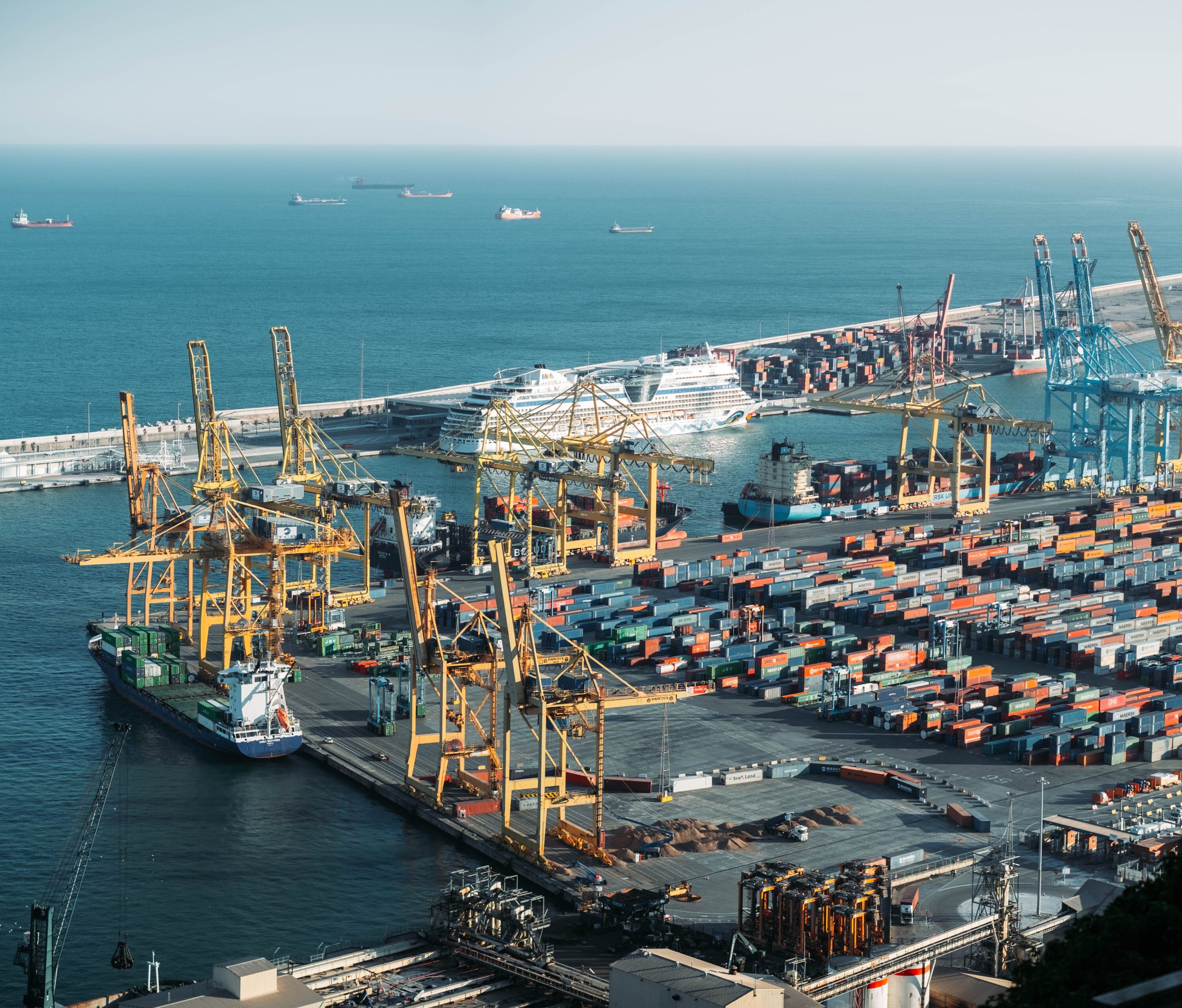The U.S. Environmental Protection Agency Monday announced a settlement with Clean Harbors Wilmington LLC for alleged violations of the Resource Conservation and Recovery Act at the company’s Wilmington facility.
Clean Harbors has certified that the facility has addressed the claims and agreed to pay a $99,500 civil penalty, according to the EPA.
“EPA will exercise our authority to protect all communities by enforcing companies’ obligations to properly manage hazardous waste,” said EPA Pacific Southwest Regional Administrator Martha Guzman.
“This settlement with Clean Harbors reflects EPA’s commitment to advancing environmental justice through ensuring compliance with environmental laws in overburdened communities,” she said.
The Clean Harbors Wilmington facility is a commercial hazardous waste treatment, storage, and disposal facility that accepts solid, semi-solid, and liquid hazardous waste. The EPA alleged that Clean Harbors violated the Resource Conservation and Recovery act by not following volatile organic air emission requirements. This included failure to properly implement the facility’s leak detection and monitoring program, failure to obtain approval to monitor less frequently valves identified as difficult to monitor, and failure to maintain and monitor air pollution control equipment, the EPA stated.
The settlement is part of an EPA National Compliance Initiative that aims to reduce dangerous air pollutants at hazardous waste-handling facilities. The Resource Conservation and Recovery Act requires effective monitoring and control of air emissions from hazardous waste storage tanks, pipes, valves, and other equipment, since these emissions can cause adverse health and environmental effects as well as contribute to climate change.







